Unmanned aerial vehicles (UAVs) are demonstrating the combat capabilities of a formidable high-tech weapon, with an incredibly flexible range of missions, from conducting reconnaissance and directing artillery fire to directly attacking and destroying enemy forces.
At the same time, the operational range of UAVs, as well as the damage caused by their attacks, especially large-scale attacks, has been increasing significantly.
The massive use of small UAVs is becoming one of the main features of current combat operations in Ukraine. Small and medium-sized UAVs are constantly flying over trenches, depots, and military facilities.
Appearing suddenly from the air, a small UAV is very difficult for enemy air defense systems to detect and has the potential to cause a great deal of trouble.
Shooting down a lightweight UAV with standard infantry weapons is very difficult, requiring experienced shooters and a high level of vigilance.
Based on battlefield experience, Russia has been forced to develop and continuously deploy mobile anti-UAV devices. These devices have contributed significantly to the Russian Army's victories in recent times, effectively neutralizing a large number of Ukrainian UAVs.
Pishchal-PRO
One of Russia's most popular and effective new anti-UAV weapons is the Pishchal-PRO, developed by the Avtomatika company.
This type of weapon was first introduced at the International Military-Technical Forum in 2018. This anti-UAV device weighs only about 4kg and operates in the frequency range of 600-6000 MHz, within a range of about 2km.
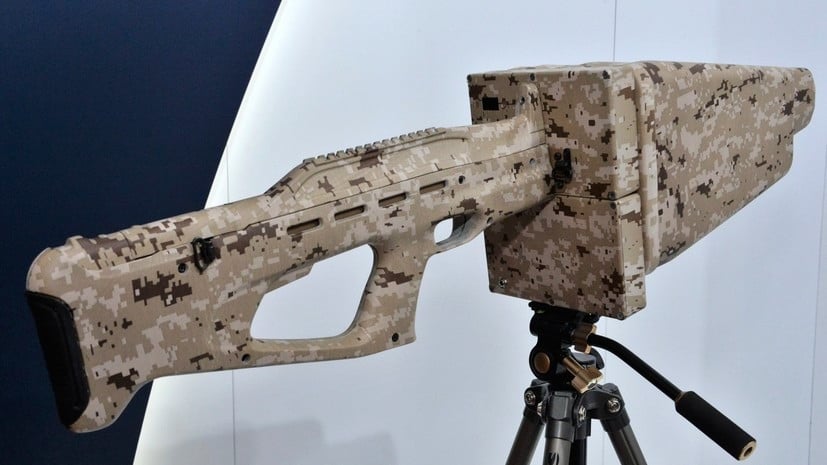
Like other common anti-UAV devices, Pishchal disables UAVs by 'firing' electromagnetic radiation. At a certain frequency range, the UAV will lose contact with its operator.
Furthermore, the UAVs not only fall to the ground, but may also have to make "forced landings," allowing the Russian military to collect samples of the enemy's UAVs for study and to find ways to counter them.
Thanks to its high mobility and immediate deployment capability, Pishchal-PRO is used to counter UAVs performing reconnaissance or infrastructure attack missions.
Currently, the Pishchal-PRO is widely used in the Russian Army. In February 2023, at the IDEX arms exhibition, the General Director of Avtomatika, Andrei Motorko, stated that Russia might export this equipment to foreign partners in the near future.
REX
The REX looks like a machine gun from science fiction movies, but this device has been incredibly effective at neutralizing Ukrainian UAVs on the battlefield.
One of the most remarkable features of the REX is that it was created by the very UAV manufacturers of the Russian company ZALA Aero. No one understands how to counter UAVs better than the people who researched and built them.
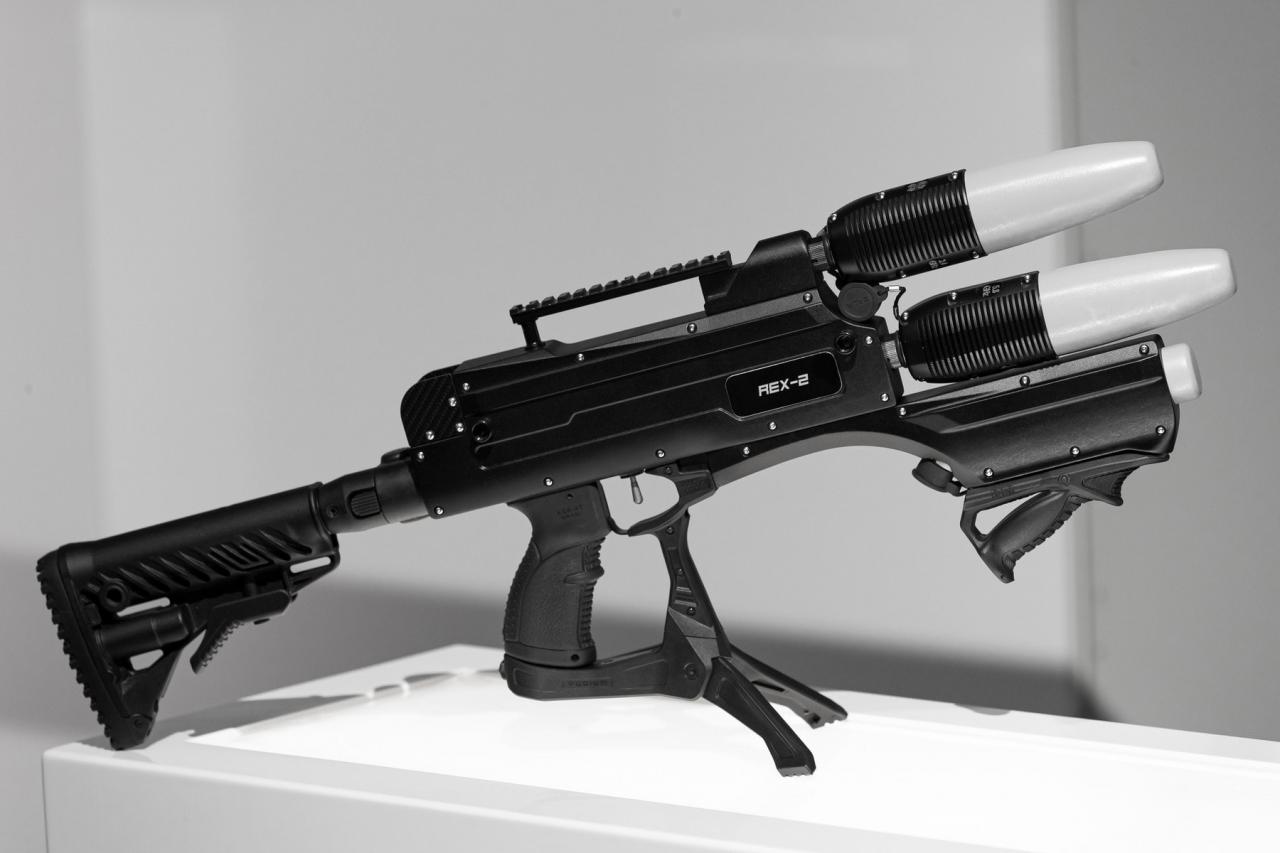
The first version, the REX-1, weighing approximately 4 kg, was used by Russian special forces and security forces for a long time and received many positive reviews.
Later, during the conflict, the lighter and more compact REX-2 model, weighing 1kg less than the original, was developed. The REX-2 version could be mounted directly onto a rifle frame, making it much more convenient to transport and use.
REX can counter most common UAVs currently in use. The device disrupts UAVs by jamming both their radio signals and satellite navigation signals.
With the help of integrated multi-frequency modules, REX can jam GPS, GLONASS, BeiDou, and Galileo satellite navigation signals within a radius of up to 2km.
Additionally, at a distance of 1km, REX can effectively block GSM, 3G, and LTE mobile signals.
Therefore, REX can be used not only to counter UAVs, but also to counter explosives triggered by mobile phone signals, as well as to disrupt radio communications when necessary.
A very important advantage of REX is its ease of use. Soldiers can quickly learn how to use it on the battlefield without needing special training courses.
When a target appears in the sky, the REX operator simply pulls the trigger, and electronic jamming occurs, quickly disabling the UAV.
Stupor and LPD-801 dual-purpose devices
The 'Stupor' anti-UAV gun, which operates effectively in the common UAV frequency bands of 2.4 and 5.8 GHz, with a range of 300m, was developed by Russian military engineer Dmitry Klochko and is one of the first anti-UAV guns used in the Ukrainian battlefield.
This device was originally designed specifically for civilian use, intended for individuals needing to protect expensive properties, yachts, and other special targets.
In 2022, Dmitry Klochko introduced the Stupor to combat units in Donbass. Since then, the Stupor has become one of the most popular anti-UAV weapons for soldiers in Donbass.
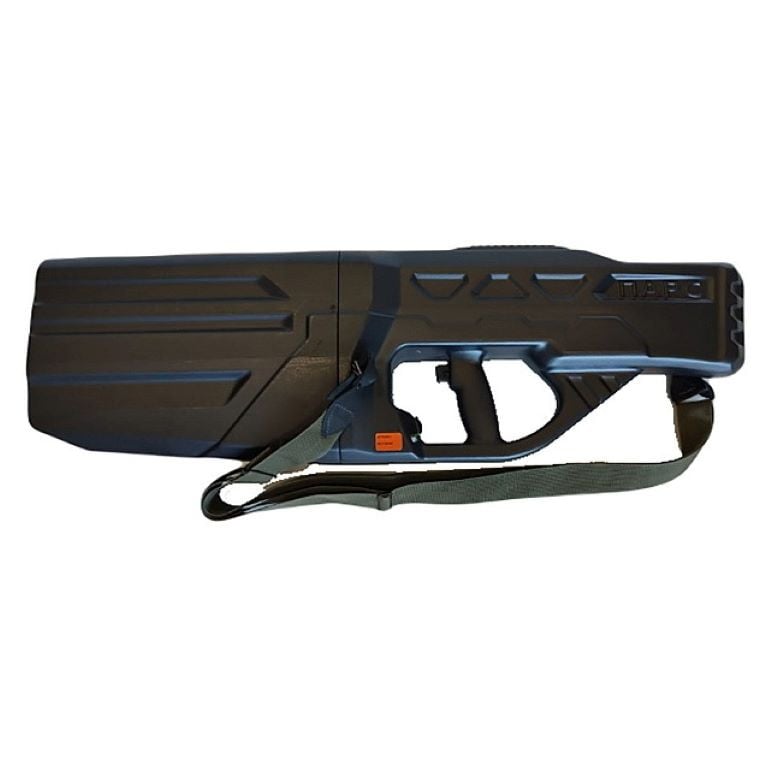
Another dual-purpose anti-UAV weapon favored by the Russian Army is the LPD-801, manufactured by the private company Laboratory PPSh.
One of the key features of the LPD-801 is its small antenna size, making it the most compact and lightweight device in its segment, with automatic firing capability, eliminating the need for manual activation by the user.
According to military expert and Director of the Russian Air Defense Forces Museum, Yury Knutov, mobile anti-UAV weapons are in greater demand in the Russian Army than ever before.
These devices are not only used to neutralize enemy UAVs. With the support of specialized equipment, they can detect launch sites and determine the coordinates of the enemy UAV operators, thereby quickly implementing effective countermeasures.
The active anti-UAV systems 'Silok', 'Serp-VS5' and 'Solaris-N'
According to experts, the most effective fight against UAVs involves a combination of guns and specialized anti-UAV systems capable of jamming control signals within a radius of several kilometers. Silok is a device developed by the Moscow-based defense enterprise Sozvezdie.
The Silok system is designed to actively search for and neutralize UAVs at a distance of over 4km (2-3 times greater than conventional anti-UAV guns).
Upon detecting a UAV, Silok will block its control channels, disabling its rangefinder and communication signals, causing the UAV to malfunction and crash.
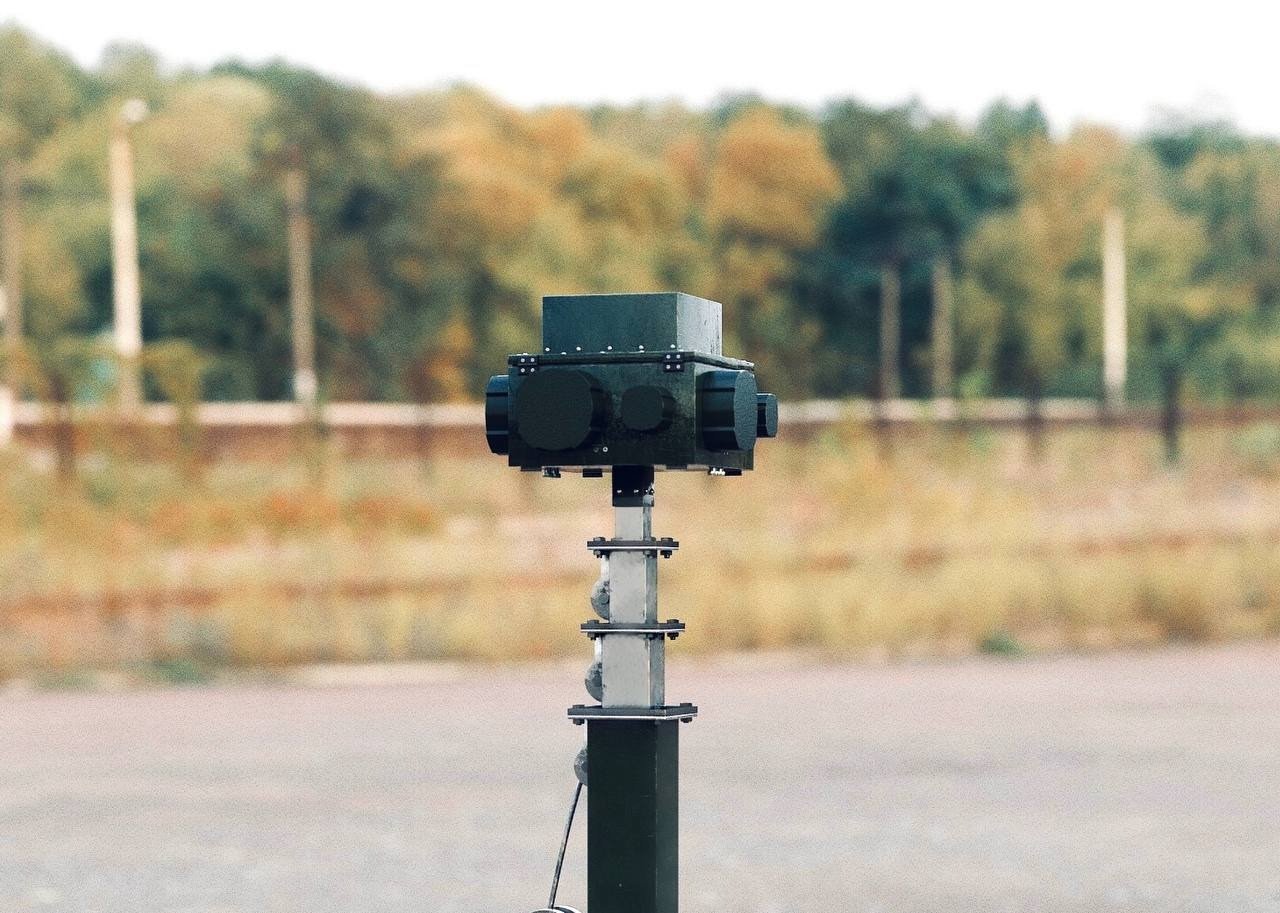
In March 2023, the Ruselectronics joint venture first introduced the new Serp-VS5 anti-UAV system, capable of tracking and automatically disabling electronic devices on UAVs at a distance of up to 20km.
The Serp-VS5 can neutralize a wide range of small UAVs flying at extremely low altitudes in densely populated urban areas. The Serp-VS5's four antennas can operate in both independent mode on separate channels and in combined mode.
Furthermore, unlike conventional anti-UAV devices, Serp-VS5 can control UAVs operating within a specific frequency range, helping to avoid interfering with our own UAVs operating in the area.
Solaris-N is another powerful anti-UAV system from Ruselectronics, capable of tracking and neutralizing UAVs over an area of up to 80km2.
The main advantage of Solaris-N is its near-complete automation capability. The operator simply needs to set up Solaris-N in an area where UAVs are likely to appear, and the system will automatically scan the area and destroy the UAV upon detection.
(according to Tass)
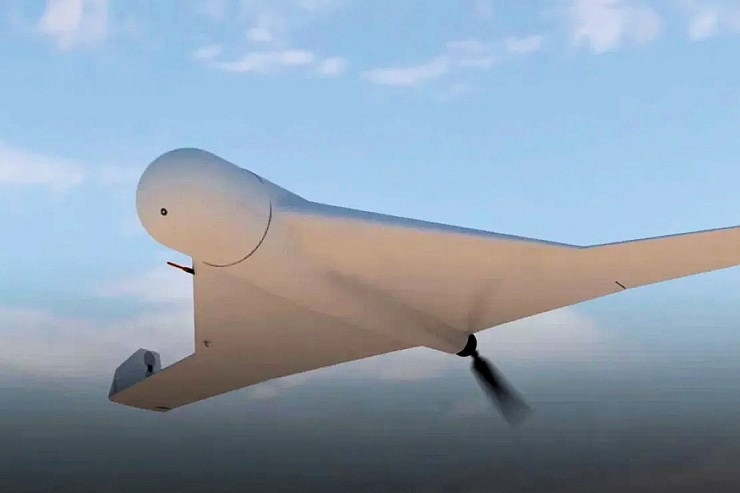
The new warheads on Russian UAVs will be a nightmare for adversaries on the battlefield.

The US and Russia are turning 6G technology into the key to future global connectivity.
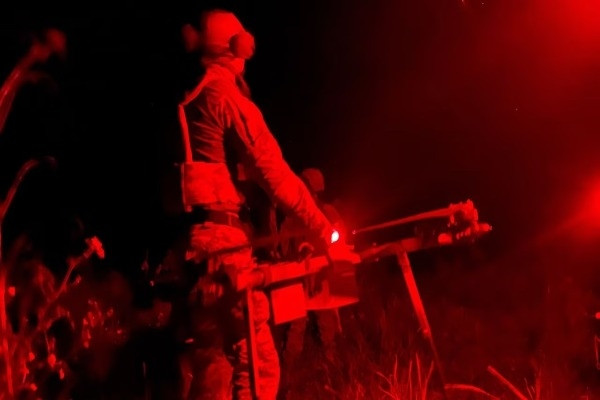
Infrared technology gives Ukraine a tactical advantage over Russia.
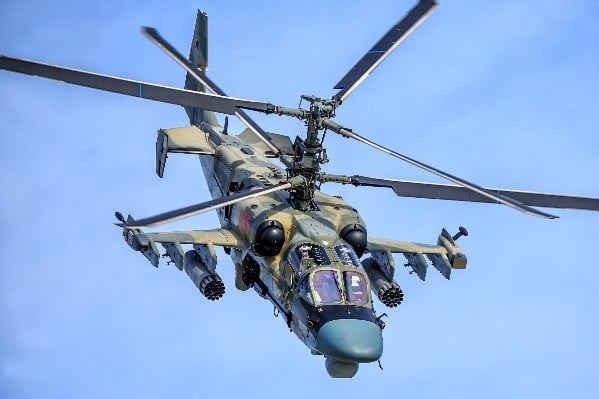
Ukrainian man-portable missile faces a 'nightmare' when confronted by Russian helicopters.
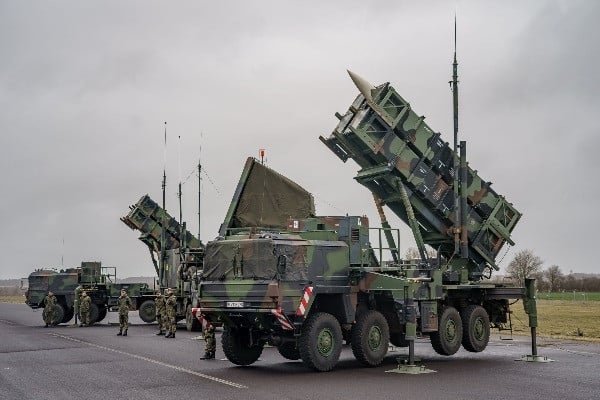
Russian 'suicide' UAVs are no longer a threat to Patriot systems in Ukraine.
Source









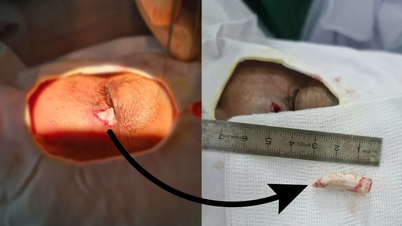

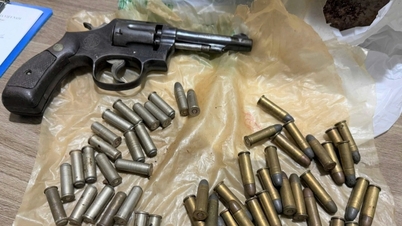




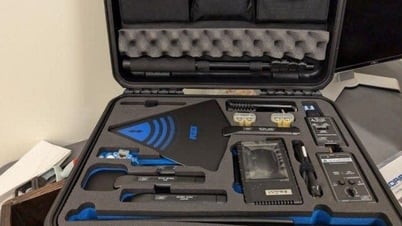




















![[Photo] Prime Minister Pham Minh Chinh holds a phone call with the CEO of Russia's Rosatom Corporation.](/_next/image?url=https%3A%2F%2Fvphoto.vietnam.vn%2Fthumb%2F1200x675%2Fvietnam%2Fresource%2FIMAGE%2F2025%2F12%2F11%2F1765464552365_dsc-5295-jpg.webp&w=3840&q=75)






































































Comment (0)